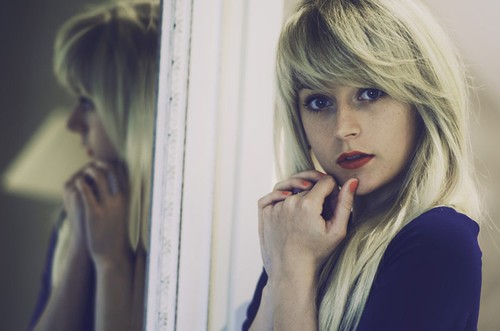Table of Contents
The Role of Light in Photography
In our daily life, we are so accustomed to light that we don’t notice it. Light is an incidental thing. If we can’t see clearly, turn on the light, or bring it closer. From household daily lighting to building lighting, lighting decoration, and even street and highway lighting, these are the functional uses of light.
The second role of light is that we use it to observe and reveal the world around us. It allows us to see the structure, external form, distance and color of the scene and its surface. With light, we not only see the things around us, but also form perceptions and judgments about these things and their relationship to the environment.
Thirdly, the infectious effect of light. Light invisibly affects how we feel about what we see. The same scene, under different light conditions, makes us have different physical and psychological feelings, and it varies from person to person.
In this regard, people generally do not pay attention to it, explore it, and it is not easy to explain. But for photographers, it’s about looking at light from a different angle.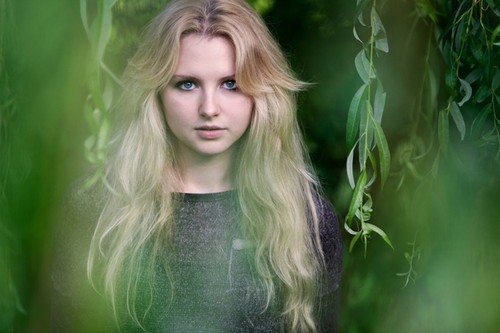
In photography, light is not only a necessary condition for making the photosensitive medium sensitive, but also a modeling method for artistic creation. By using light and combining with other photographic creation methods (composition, tone, lines, etc.), it skillfully expresses the model’s appearance characteristics, portrays the model’s inner emotions, depicts natural scenes, and renders the atmosphere of the environment. This is the artistic modeling effect of light, which is what we often call “using light”.
The Significance of Light to Photography
In photography, from the exposure of the photosensitive medium, the contrast of the image to the color performance of the picture, the basic tone composition, the line structure and the composition, etc., mostly depends on the use of light. If photography is compared to “light painting”, then light is the “brush” and “palette” in photography. For photographers, mastering the use of light in creation is the most basic. “Learn to use light, in order to explain the learning of photography” has a certain truth. It doesn’t matter if you just use photography as entertainment and take some fun photos of yourself.
Some photography beginners also know the important role of light in photography. But in the shooting they were disappointed with the use of light, and they didn’t get the desired effect. As a result, photography is often used as a material for obtaining images, and it is hoped that post-production adjustments will be made to obtain self-comforting “works”.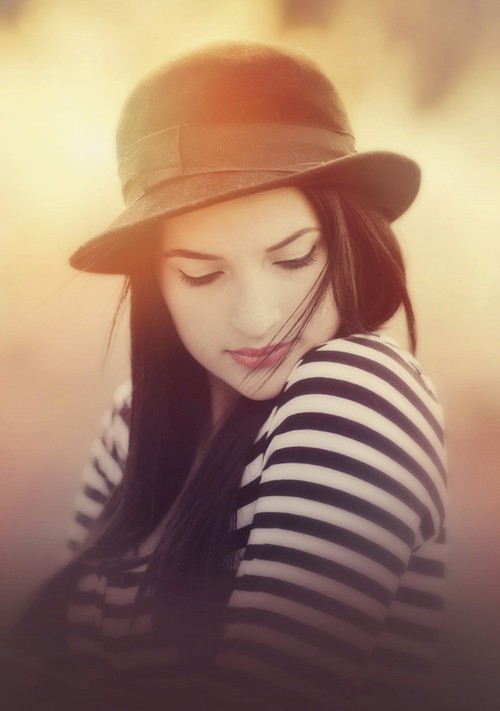
Therefore, as a photographer, you must understand light. With the relevant knowledge, it can be well controlled or utilized. Next, we will discuss the light in photography from the aspects of the nature, direction, angle, function, control, application and shadow of light.
Nature of Light
The nature of the light mainly refers to whether the light emitted by the light source is “soft” or “hard”. It depends first on the nature of the light source. There are two types of light sources: one is natural light and the other is artificial light. The light emitted by the light source can be hard light that produces shadows and diffuse light that does not have shadows. There are in between, and many more rays that can produce varying degrees of penumbra or virtual shadows.
Hard Light
–Also called it direct light. Generally, it refers to unshielded sunlight, spotlights, flashes without soft light medium, etc.
Hard light has a high degree of directionality and will not illuminate the place where there are obstacles. Objects it illuminates create well-defined shadows. The subject illuminated by hard light will form a strong contrast of the scene, the three-dimensional effect will be strong, and the surface will be rough and blunt.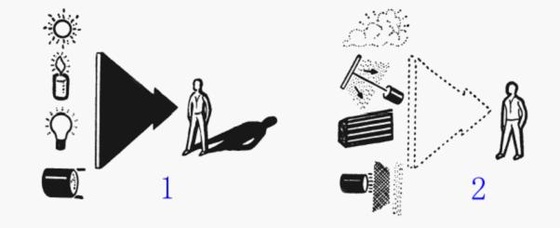
Figure 1 above: Hard light has natural and artificial light sources. The smaller and farther away the light source emits light, the harder the light. Therefore, soft light in the distance can also produce sharp shadows.
Above 2: Soft light also has natural and artificial light sources. Hard light can also cause soft light by artificial means. Diffuse the light well without creating shadows. The way to scatter hard light is to reduce the efficiency of the light source.
Soft Light
–Also called scattered light or diffused light. Soft light is a diffuse, soft light that does not produce noticeable shadows. Such as sunlight blocked by clouds, fluorescent tubes, some energy-saving lamps and hard light sources with diffuse reflection materials.
Soft light can hide the surface structure of the object, express the details of the dark part, reduce the contrast of the scene, and make the image tone flat. What is difficult to control is the spillage of soft light. Where we don’t need it, it’s also easy to “take care of”.
For beginners in photography, most of them like to use soft light, which is called the flat light method in photography. One is that photography is not limited by the direction of light and the angle of shooting. The second reason is that both bright and dark objects can be seen clearly. Set the camera to automatic to make photography both easy to shoot and “safe”. In this regard, we do not make a comment for the time being. After discussing the light in photography, everyone has their own public comments.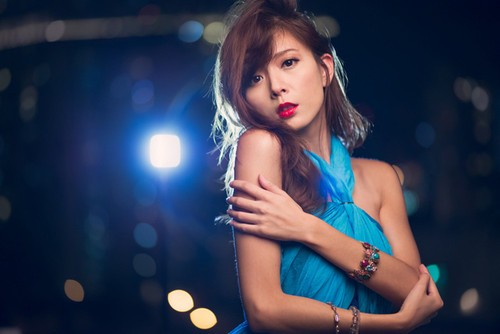
Comparison of Hard and Soft Light
| Features | as key light | as auxiliary light | |||
| Hard light
Shadow-producing, directional light |
easy to limit and control | Advantage | Disadvantage | Advantage | Disadvantage |
| Provides a sharp, well-defined look | Styling may appear stiff | The irradiation range is easy to control | Casts messy shadows | ||
| Beam focusing and positioning is easier | Shadow formation can express surface texture and external form | Shadow formation may not be perfect | Effective over longer distances | Destroy the delicate parts of the shape | |
| light can be concentrated | Local flare may occur | not abruptly diminish | |||
| soft light
Diffuse, non-directional light |
not easy to limit | Produces rich mid-tones and tonal layers | Using too much can hide the shape | Inability to produce delicate midtones | not easily localized |
| larger light source | No distracting shadows | May cause lack of sharpness and sharpness, and subjects are flat | No messy shadows | spread to nearby areas | |
| Does not accentuate the shape and texture | High-efficiency light sources have low utilization efficiency | Softens shadows and brings out shadow detail | Brightness decreases rapidly with distance | ||
(To Be Continued)
